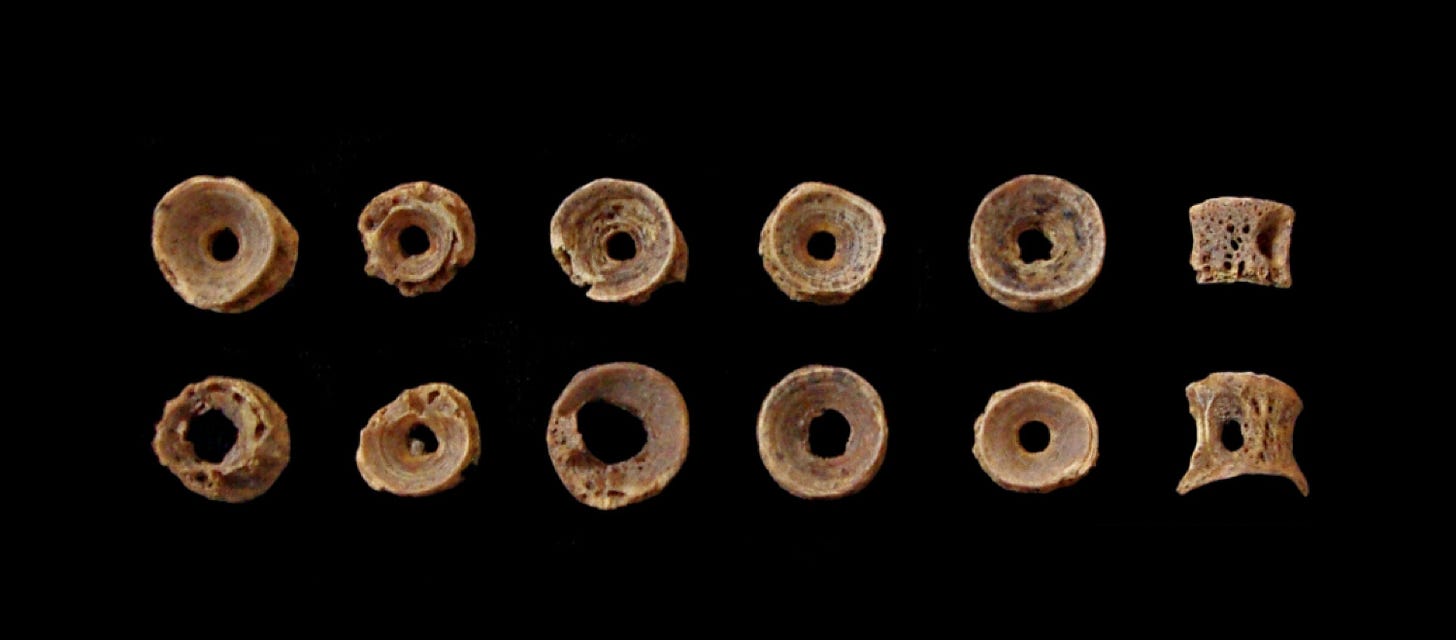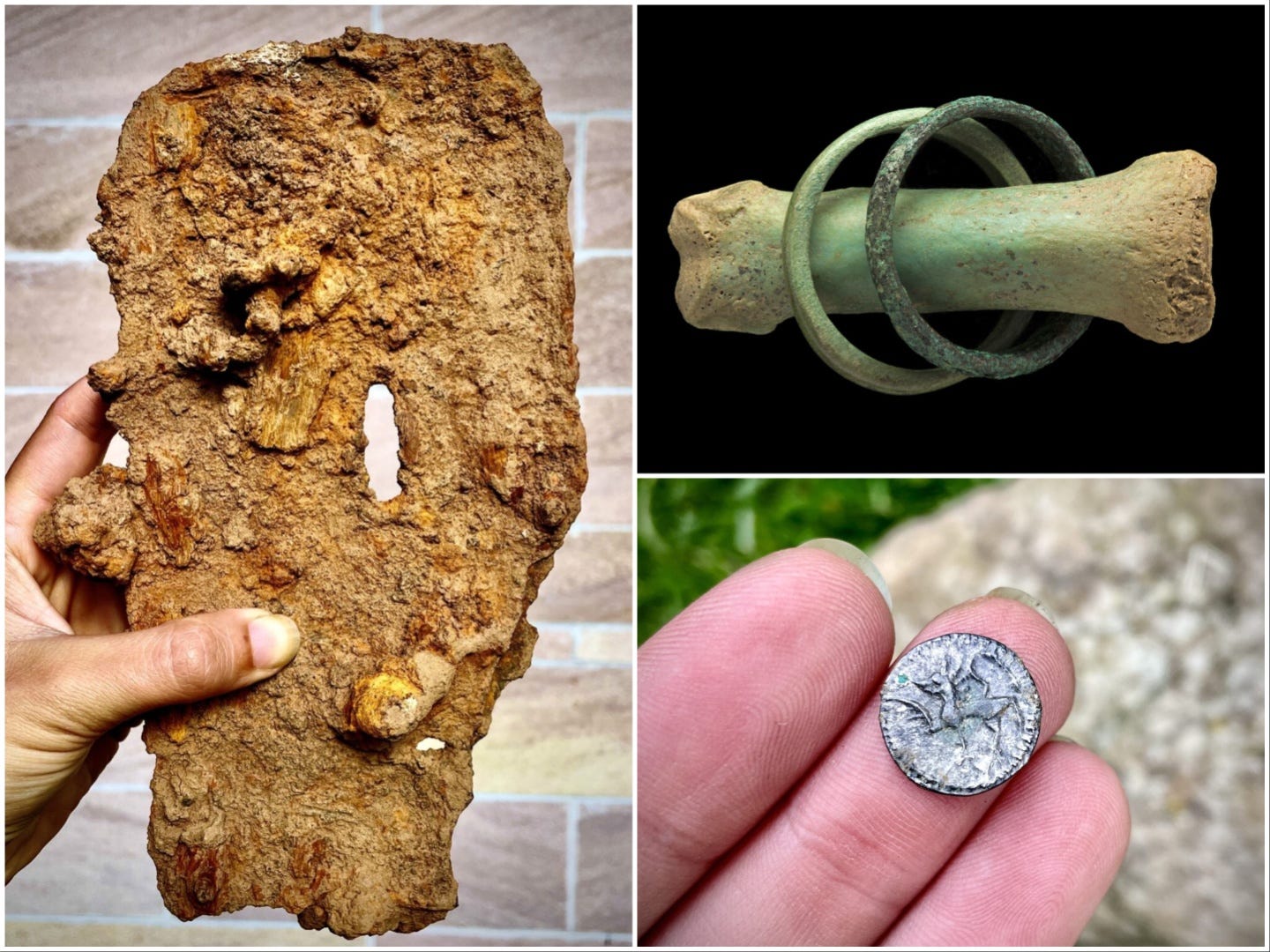Decade of digs reveals Lindisfarne secrets
Top 10 finds as last in series of digs begins on. Tony Henderson reports
Work has started on the 10th - and final - dig in a series of excavations on Lindisfarne off the Northumberland coast.
Through 10 years of crowdfunded archaeological excavations, DigVentures and Durham University have explored an area of the island between the harbour, the rocky ridge known as the Heugh, once used as a lookout, and the ruins of a 12th-century priory.
The Barnard Castle-based DigVentures says that the excavations have uncovered indications of early medieval buildings, nearly 100 burials and 1,600 artefacts.
So far, the evidence uncovered all dates to the 8th, 9th and 10th centuries.
The organisation, which launched its first-ever crowdfunded and crowdsourced archaeological excavation in 2012, has drawn up a list of its top 10 highlights from the Lindisfarne project.
They are:
Two rings dating to the 8th-9th centuries, one copper and one animal bone, found together on a single finger bone.
Hundreds of small white quartz pebbles placed deliberately on graves, similar to leaving flowers today. The same practice is also seen on Iona.
An Anglo-Saxon silver coin in near-mint condition from the reign of King Eadberht (737 AD).
A piece of Samian Roman pottery, suggesting Roman influence reached the island.
A carved stone cross fragment that matched a section found two years earlier.
A cluster of salmon vertebrae around a skeleton’s neck, possibly used as prayer beads.
A bone comb inscribed with ‘-EDE’, likely an ownership mark.
A lock plate from a rare wooden chest burial, dating 800–1000 AD.
A namestone inscribed with the previously unknown name Ythfrith.
A 1,200-year-old glass board game piece, likely the ‘king’ from the game tafl.



